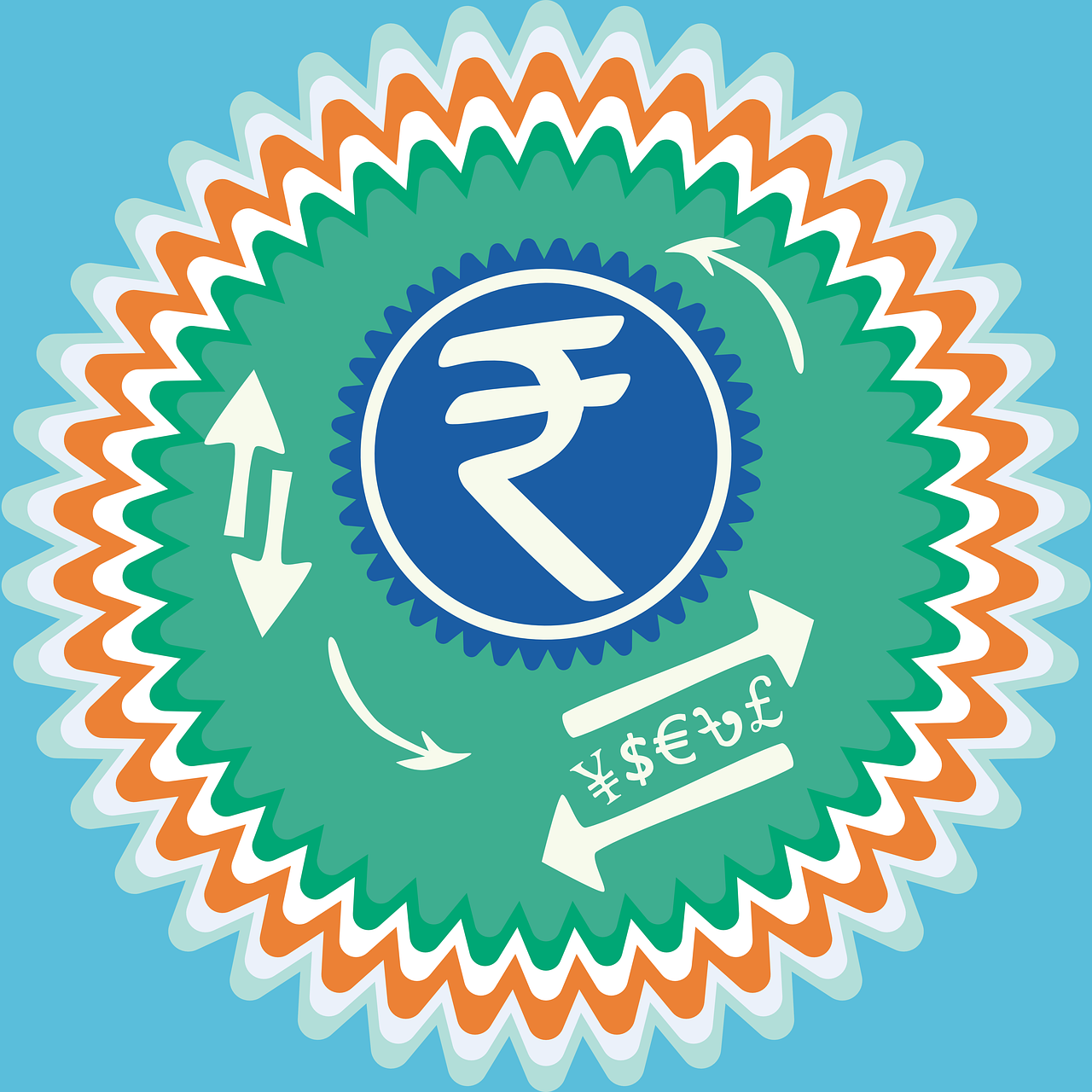ESAF Small Finance Bank expects normalcy in business
ESAF Small Finance Bank expects business to resume in July, with collections in some areas, like Maharashtra, already showing signs of improvement.
Maharashtra is already showing signs of promise, with a collection rate of 75%. When the new lockout was imposed in Tamil Nadu, collections were also at 65 per cent.
After refiling the draught red herring prospectus (DRHP) for its initial public offering (IPO) with the market regulator Sebi, ESAF Small Finance Bank could list as early as September 2021. Because the lockdown is only regional this fiscal year, the Thrissur-based lender believes total business will not be as awful as it was last year.
Maharashtra is already showing signs of promise, with a collection rate of 75%. When the new lockout was imposed in Tamil Nadu, collections were also at 65 per cent.
Due to the national lockdown last year, collections were halted for nearly five months. Things will return to normal once the lockdowns are lifted, according to K Paul Thomas, MD & CEO of ESAF Small Finance Bank. He expects advances to expand by 65 per cent in the current fiscal year, while deposits could rise by 50 per cent.
Total business increased by 25.85% in FY21, from Rs 13,846 crore in March 31, 2020, to Rs 17,425 crore on March 31, 2021.
The lender’s FY21 net earnings fell 44.64 per cent year on year to Rs 105.40 crore, owing mostly to higher provisions. For fiscal 2020-21, ESAF Small Finance Bank reported a gross NPA ratio of 6.70 per cent and a net NPA ratio of 3.88 per cent.
Thomas said that their gross non-performing assets (NPA) had dropped to 10% by December 2020. When the second wave came, collections increased dramatically in Q4 to 94 per cent by March, and they were anticipating to complete the fiscal year with an increase in asset quality.
As of March 31, 2021, the Bank has a provision in excess of the RBI requirement in the standard category to the tune of Rs 91 crore as a precautionary measure.
Slippages are expected to be in the range of 3-4 per cent in FY22, according to Thomas.
Thomas added that they are confident of their ability to bounce back swiftly in the second quarter, given their clients have experienced similar disasters in the past. They might improve their collections to over 94 per cent in the last fiscal after the moratorium period.
Micro-loans account for over 85% of the bank’s total advances, with an average ticket size of Rs 20,000. Gold loans currently account for 8% of total advances, and the bank intends to focus on gold loans, MSME, affordable housing, and agri-credit in the coming fiscal year.




